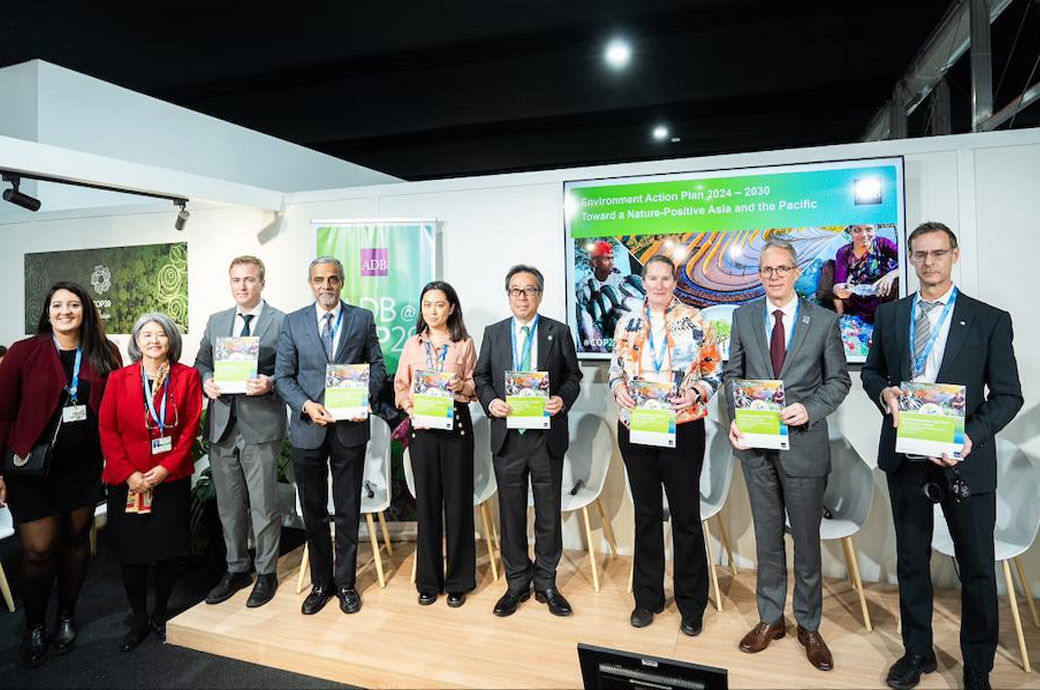
Under the plan, ADB aims at expanding the scale and scope of nature-positive investments, while working to conserve the environment and nature as a vehicle for economic growth and improved livelihoods.
The plan has three linked pillars: biodiversity and ecosystem management, pollution control and circular economy, and nature-based climate solutions.
It aligns with ADB’s broader commitment to supporting the UN Sustainable Development Goals, the Paris Agreement and the Kunming-Montreal Global Biodiversity Framework, the lending entity said in a release.
“With nearly half of the region’s economy dependent on nature, protecting ecosystems is not only an environmental imperative but also a pathway to sustainable development and improved livelihoods of local communities and vulnerable populations in the region,” said ADB Director of Environment Yoko Watanabe.
It is estimated that $18 trillion, or over 53 per cent of the APAC economy, is directly dependent on products and services provided by biodiversity and nature. Furthermore, nature-positive business models could unlock $4 trillion annually while creating 232 million jobs in the zone by 2030.
The Environment Action Plan outlines a range of activities. At the upstream level, ADB will focus on improving environmental diagnostics and integrating environmental priorities into country partnership strategies.
At mid-stream, it will support policy measures to foster an enabling environment and build a pipeline of projects that support environmental goals. Downstream, ADB will conduct assessments, implement projects, and engage the public and private sectors in creating sustainable outcomes through strong stakeholder engagement.
The action plan will support ADB’s position as the region’s climate bank and contribute to its commitment to reaching more than $100 billion in cumulative climate finance, for both mitigation and adaptation, from 2019 to 2030.
Fibre2Fashion News Desk (DS)